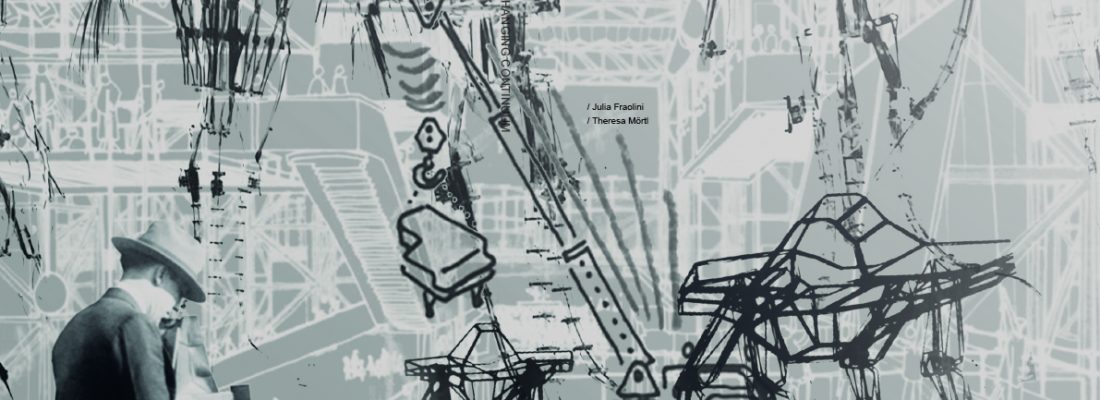
Since the world war II and the rise of the machines, cybernetics often varied from utopian to dystopian visions regarding its historical context. Nowadays even the thought of an everyday life renouncing the support of technology appears to be impossible if not actually the worst-case scenario for most of our modern society. Irrelevant which spheres of life are considered, the still evolving artificial intelligence and smart tools are ensnared to these practical, usual areas. Those cybernetic interventions of design appear minor in contrasts to the projects of the avant-garde architects from the 60s. The primary intentions of those architects driven by a social agenda further fade into the background while their search for enhancement of humans led them to novelty in architecture. Today’s shift to a technology that invades our daily life and blurs the boundaries between our virtual and real world, ask for architects a different approach to an avant-garde vision.
